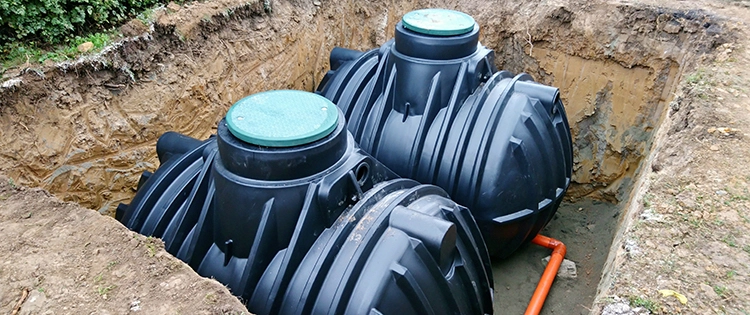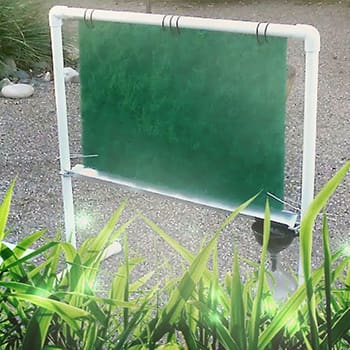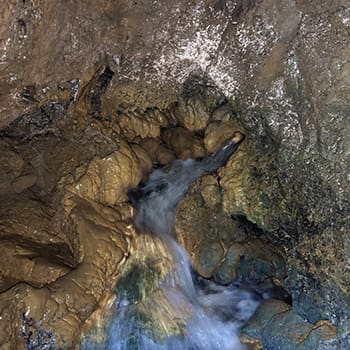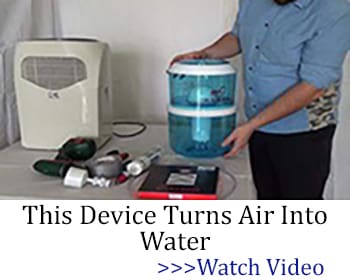Water is a basic human need, and in a crisis situation, access to clean water can become challenging. Fortunately, there are various ingenious ways to obtain water for free in all 50 American states, and in the piece below we will be looking at five of them.
Collecting Rainwater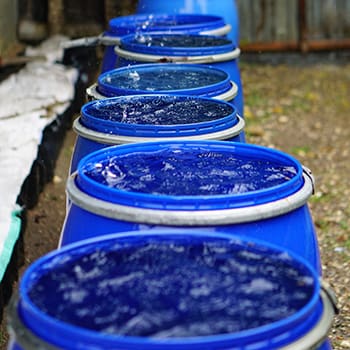
Rainwater is a free source of water that can be collected using a simple rain barrel. Rain barrels can be purchased or easily made at home using a large plastic drum or a garbage can. Position the barrel under a downspout to catch the rainwater, and cover the barrel with a screen to keep debris and mosquitoes out.
Collecting Water From Plants
Certain plants, such as cacti and vines, store water in their leaves, stems, or roots, making them a source of free water. Cut open a cactus or vine and collect the water, but be sure to avoid poisonous plants.
Collecting water from plants can be a useful survival skill, especially in arid regions where water sources are scarce. The simplest way to collect water from plants is through the process of transpiration. Transpiration is the natural process by which plants release moisture into the air through their leaves.
To collect this moisture, you can tie a plastic bag around a leafy branch and wait for the water droplets to accumulate inside the bag. Alternatively, you can create a simple solar still by digging a hole in the ground and placing a container in the center.
Then, place a plastic sheet over the hole and weigh it down with rocks. The moisture from the plants will evaporate and condense on the plastic sheet, dripping into the container. Certain plants, such as cacti and vines, store water in their leaves, stems, or roots, making them a source of free water. Cut open a cactus or vine and collect the water, but be sure to avoid poisonous plants.
Fog Catchers
Collecting water from fog catchers is a unique and innovative method to obtain water in areas with high humidity and coastal fog. Fog catchers use a mesh material to capture moisture from the air, which is then funneled into a container.
These devices are typically inexpensive and easy to set up, making them a viable option for individuals and communities in arid regions. Fog catchers don’t require electricity or any other energy source to operate.
Fog catchers don’t require electricity or any other energy source to operate. However, it’s important to note that fog catchers may not be as effective in areas with low humidity or little fog.
Digging a Well
If you live in a rural area, you can dig a well to access groundwater. Digging a well is a complex process that requires some knowledge and tools, but it is a long-term solution to obtain water.
However, before digging, it is essential to check with local authorities to determine if a permit is needed. Some states that have specific requirements for well drilling permits include California, Florida, Texas, Michigan, and Pennsylvania.
If you need information on obtaining a well drilling permit in a particular state or county, I suggest contacting the local or state regulatory agency that oversees well drilling. They will be able to provide you with information on the specific requirements and procedures for obtaining a permit.
Finding Natural Springs
Natural springs are sources of fresh water that flow from underground.
They can be found in many areas of the country, including mountains and forests. Use a map or compass to locate springs, and be sure to filter and purify the water before drinking.
Florida is the state with the most natural springs, with over 1,000 documented springs throughout the state. Texas and California also have a significant number of natural springs, with approximately 1,000 and 500 springs respectively. Oregon, Colorado, Idaho, Montana, Wyoming, Utah, and Arizona also have numerous natural springs.
In a crisis situation, access to clean water can be disrupted, making it difficult to obtain safe drinking water. Water is an essential resource that our bodies need to survive, and without it, we can become dehydrated and suffer from a range of health problems. Stockpiling water in a hidden place can be essential in a crisis as it can ensure that you have access to clean water when you need it most.
There are a number of reasons why water supplies can be disrupted during a crisis. Natural disasters such as hurricanes, earthquakes, and floods can damage water supply infrastructure, while man-made disasters such as chemical spills or terrorist attacks can also contaminate water sources. In addition, a crisis can lead to panic buying and hoarding of resources, including water, which can quickly deplete supplies.
Related: Ingenious Projects for Endless Hot Water Without Electricity
Stockpiling water in a hidden place can help you avoid these problems by providing a reserve of safe drinking water that can be accessed even if public supplies are disrupted or contaminated. It is important to choose a hidden location that is easily accessible to you but difficult for others to find, to prevent theft or tampering.
Access to clean and safe drinking water is crucial for maintaining good health and preventing waterborne diseases. While many sources of water are contaminated with bacteria, viruses, and other harmful substances, purifying water can help remove these contaminants and make the water safe for consumption. Purifying water is an essential step to ensure that the water we drink is free from harmful substances, and it’s essential to know the different methods available for purifying water effectively.
Some of these are:
Charcoal is a natural filter that can remove impurities from water. Simply crush the charcoal into small pieces and place it in a container with a cloth or coffee filter. Pour the water through the filter and let it sit for a few minutes before drinking.
Related: This Is Why You Should Have Charcoal Around Your Property
Boiling is one of the simplest and oldest methods to purify water. Bring water to a rolling boil for at least one minute to kill bacteria and viruses. This method is effective but can be time-consuming.
Chlorine tablets are an affordable and effective way to purify water. These tablets can kill most viruses and bacteria in water.
Simply add the recommended number of tablets to the water and wait for the recommended time before drinking.
In conclusion, these ingenious methods to obtain free water can be a lifesaver in a crisis situation. However, it is essential to note that water collected from natural sources must be treated before drinking to remove any contaminants. Boiling, filtering, and chemical treatment are some of the ways to purify water.
With proper preparation and this knowledge, you can access free, clean water in all 50 American states.
You may also like:
This Homemade Device Can Power Up Your Entire House 7 Days in a Row (Video)
5 Solar-Powered Items That Actually Make Sense To Keep Handy
